GOVERNMENT & DEFENSE
Both government operations and the physical offices supporting them have entered a new era. Governments will be expected to lead on net zero carbon strategies, and their security approaches are evolving to incorporate measures to anticipate and survive climate change events. With walk-in services going virtual and workers embracing hybrid office strategies, many government agencies will downsize offices and rethink how they allocate real estate in order to provide communities with critical services in more equitable ways.
LA County Department of Mental Health, Vermont Corridor, Los Angeles
01
Walk-in government services are going virtual, prompting redesigns.
Among walk-in services where governments have traditionally had in-person contact with the public — think permit reviews, driver’s license renewals, and even social services such as counseling — hybrid and virtual models are taking hold. Governments are reimagining the workplaces that provide such services and reducing office square footage. As this trend plays out, equity concerns will be paramount, as virtual services enhance convenience but risk excluding citizens without technology access.
02
As governments reevaluate square footage needs, many will downsize offices.
State, federal, and local governments are diving into a concerted review of their true square footage requirements. Governments have traditionally adopted conservative real estate strategies, but now many are embracing hybrid work environments. Many agencies are moving forward with renovations, lease renewals, and new office construction under the assumption that fewer workers will occupy the office full time in the future.
03
Security concerns will continue to redefine government buildings.
Increasing numbers of data breaches and more incidents of domestic political unrest will significantly affect the security infrastructure of government buildings. Design will play a key role in maintaining the balance between openness and security, promoting safety and democratic values. Vehicle barriers can take the form of well-designed benches, other street furniture, and landscape features, which can enhance the public realm. Crowd control barriers can be designed as easily erected elements that interrupt access only when needed.
04
Government will move toward resilient, “net zero ready” facilities.
Government facilities have an opportunity to lead on environmentally conscious design and construction, such as mass timber, and many have begun funneling investments in this direction. Businesses and nonprofits will look to governments to “walk the talk” on carbon reduction commitments, and to make green designs publicly visible. Extreme weather events will continue to threaten operations continuity, requiring resilient designs that can adapt to rising waters, high winds, the disruption of energy grids, and other emergencies. Governments that remain operational in times of crisis will gain public trust and, ultimately, save lives.
05
Public-private partnerships will reshape public real estate.
In addition to accommodating business offices, governments have started to rethink the use of public property to include space for housing and other social needs, often via public-private partnerships. On the local level, awareness is growing around the importance of locating resources close to the people who need them; successful implementation of the 20-minute city concept will therefore include ready access to government services.
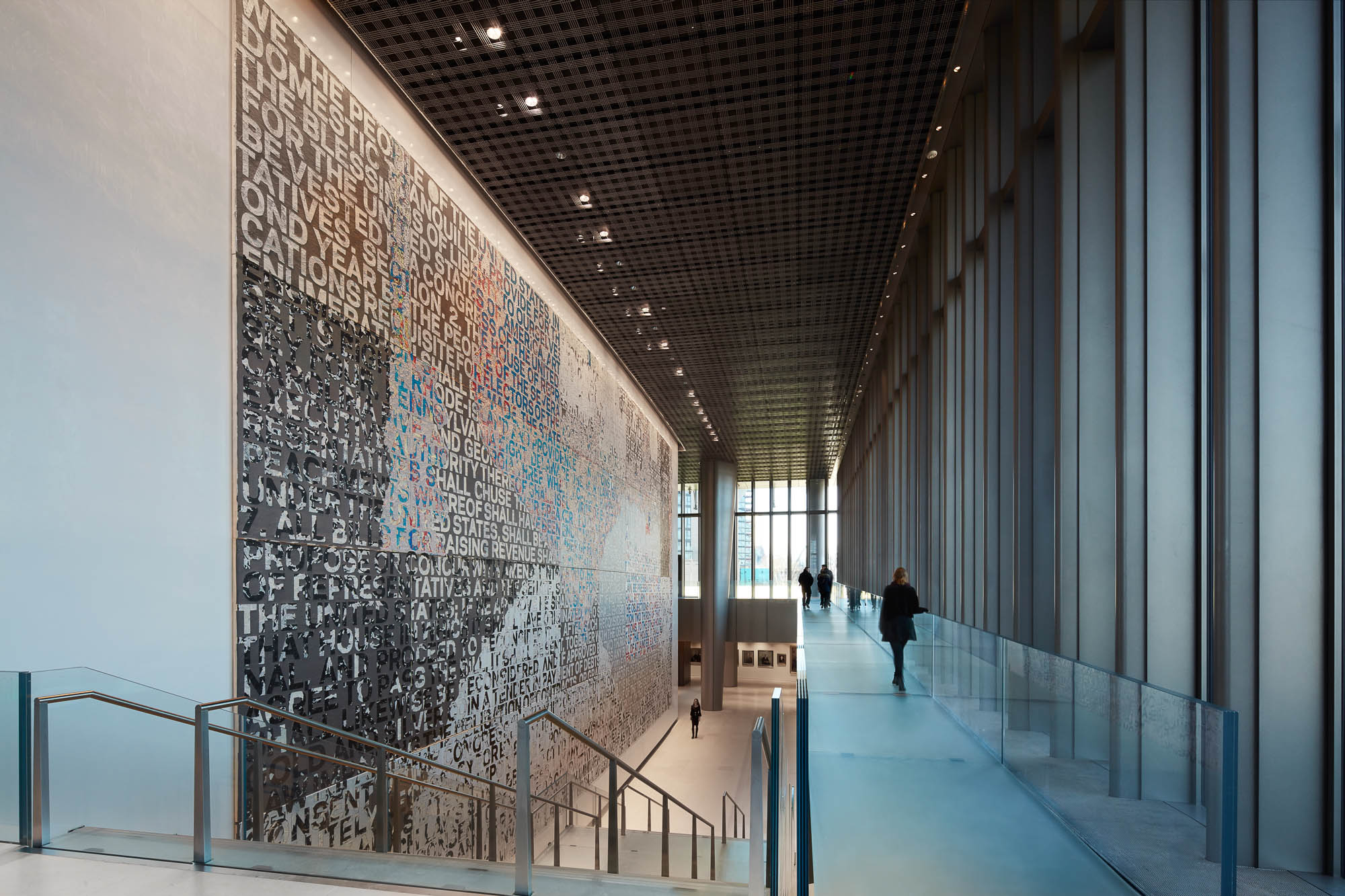
U.S. Embassy, London
“We must balance security and openness to keep our public buildings public, and not close them off from the people they serve.”
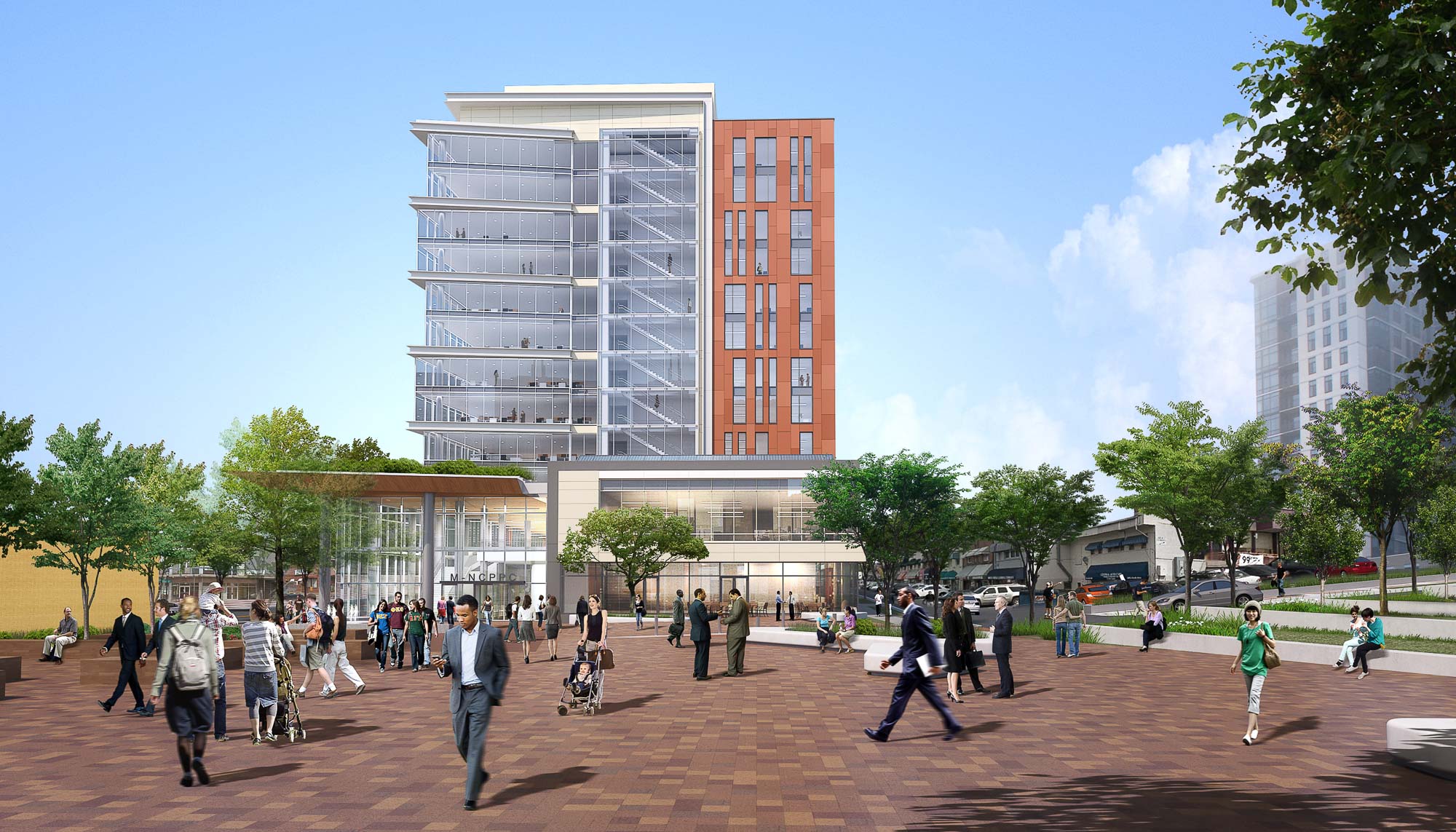
Wheaton Town Center, Montgomery County offices, Wheaton, Md.
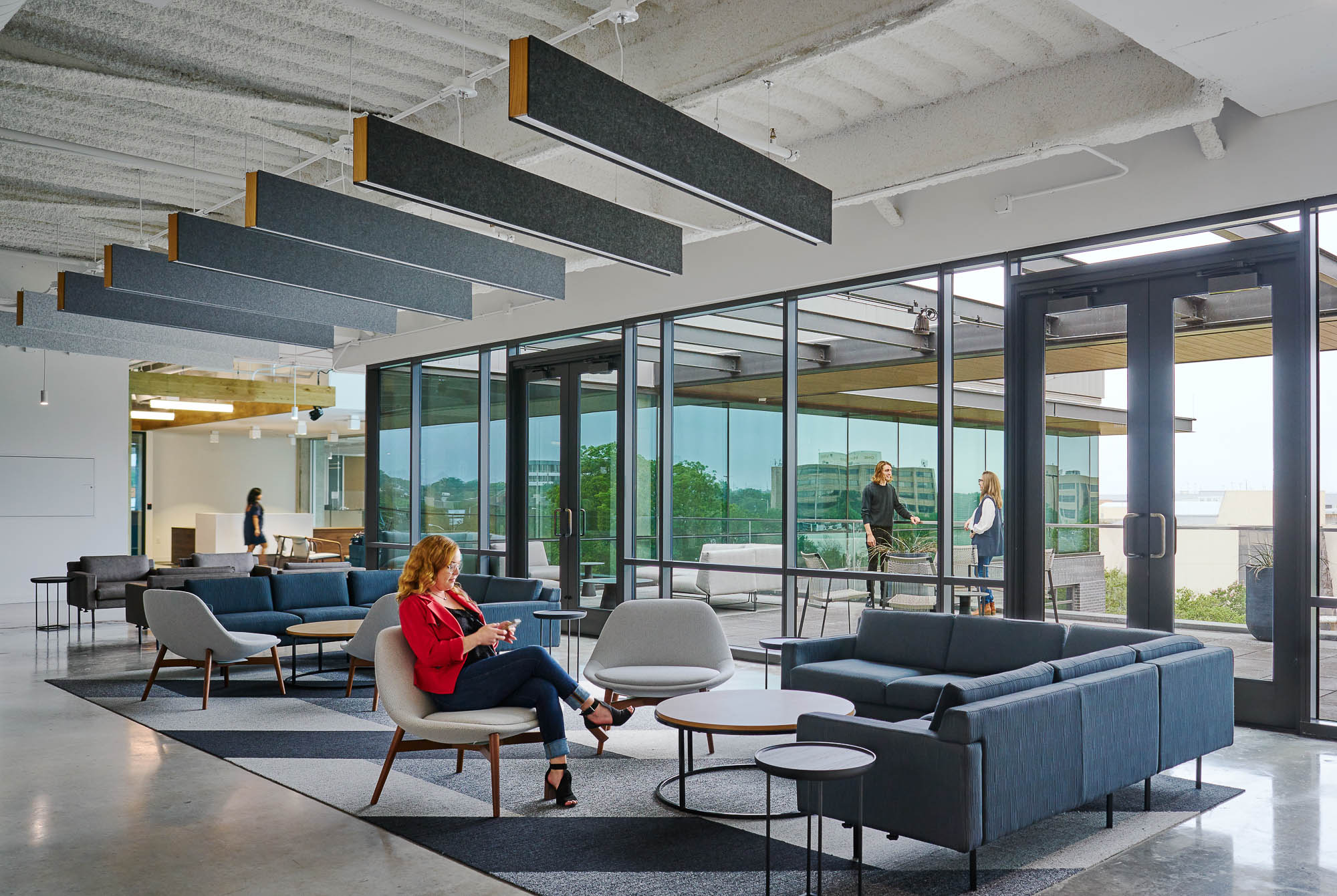

Why Now Is the Time for a Workplace Reset
To keep pace with changing workforce expectations, we need to think differently about the workplace.

What’s Next for the Workplaces of San Francisco?
As the city’s office market navigates recovery, landlords, building owners, and employers must consider the varying needs of future real estate vs. the status quo.

The Next Big Generation at Work May Not Be Who You Think
Historically, the fastest growing age group in the U.S. workforce has always been the upcoming generation. But not anymore.
Separating visitor areas from employee areas can keep public buildings open to the public.
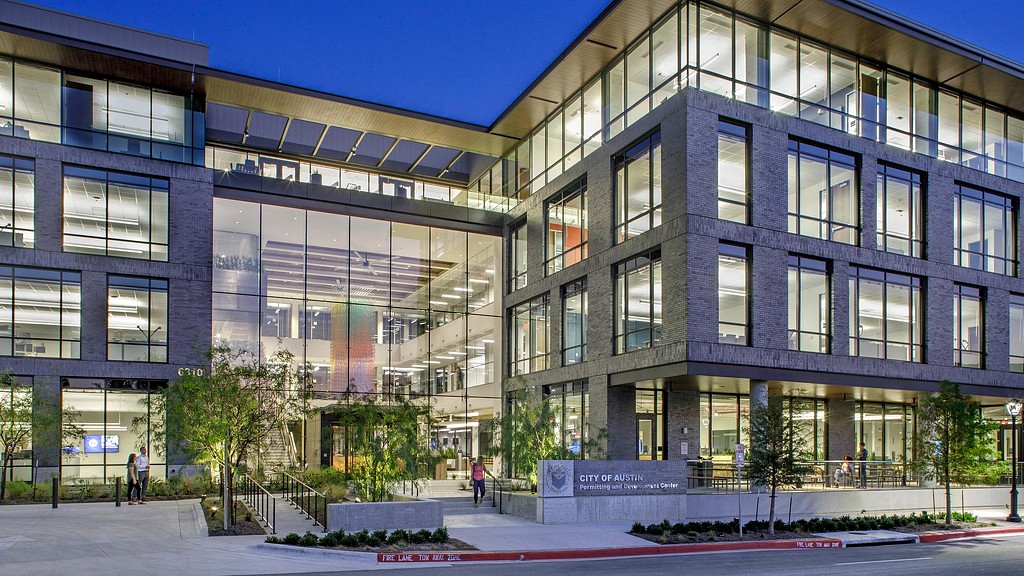
City of Austin Permitting and Development Center
Austin, Texas
The Planning and Development Center (PDC) is a striking campus designed to attract, retain, and inspire top talent ― including the many millennials now entering the workforce ― and to serve the customers and citizens of Austin more effectively and conveniently.
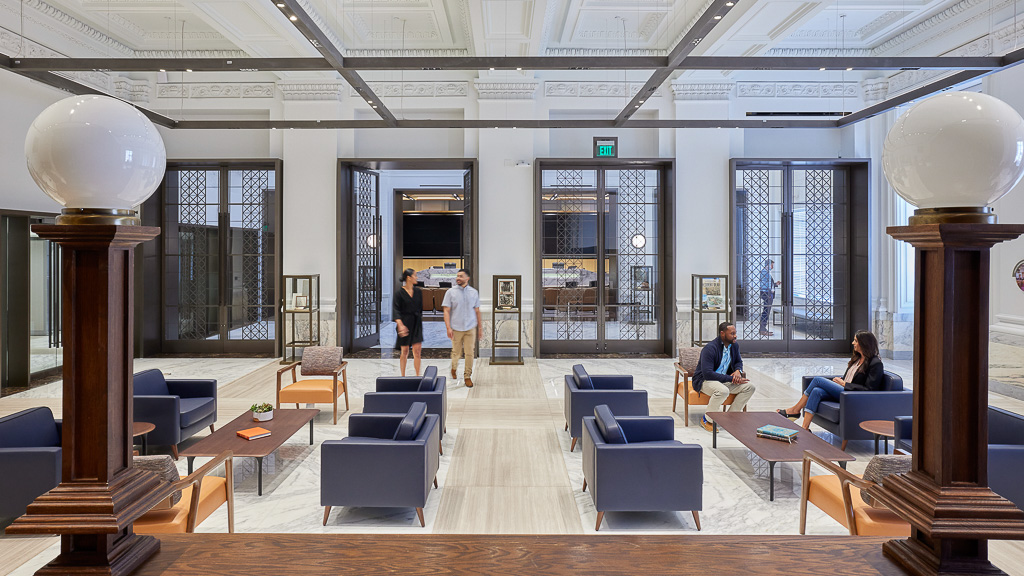
Dallas County Records Building Renovation and Addition
Dallas, Texas
The Dallas County Records complex preservation and renovation celebrates the historic landmark’s distinctive architecture, while modernizing it for efficiency.

Los Angeles County Department of Mental Health, Vermont Corridor
Los Angeles, California
The Vermont Corridor is an innovative public-private partnership that will transform a two-block area of once neglected County resources into a modern complex.

Peter Barsuk
Government & Defense Leader, Principal
Peter is a Government & Defense Leader; an expert in education, civic and office building projects; and a Studio Director for Gensler’s Los Angeles office. With more than 20...

Robert A. Peck
Government & Defense Leader, Principal
Bob is a co-leader of the firm’s Government & Defense practice. He served for eight years as Commissioner of the U.S. General Services Administration’s Public Buildings Serv...
